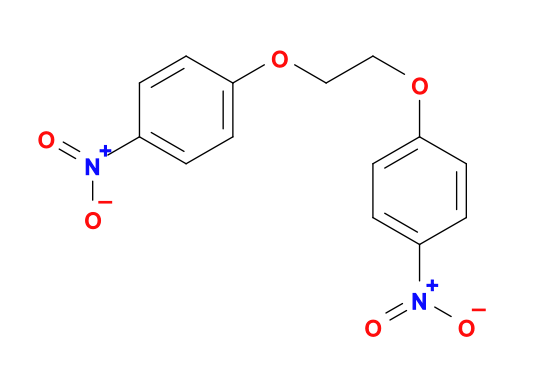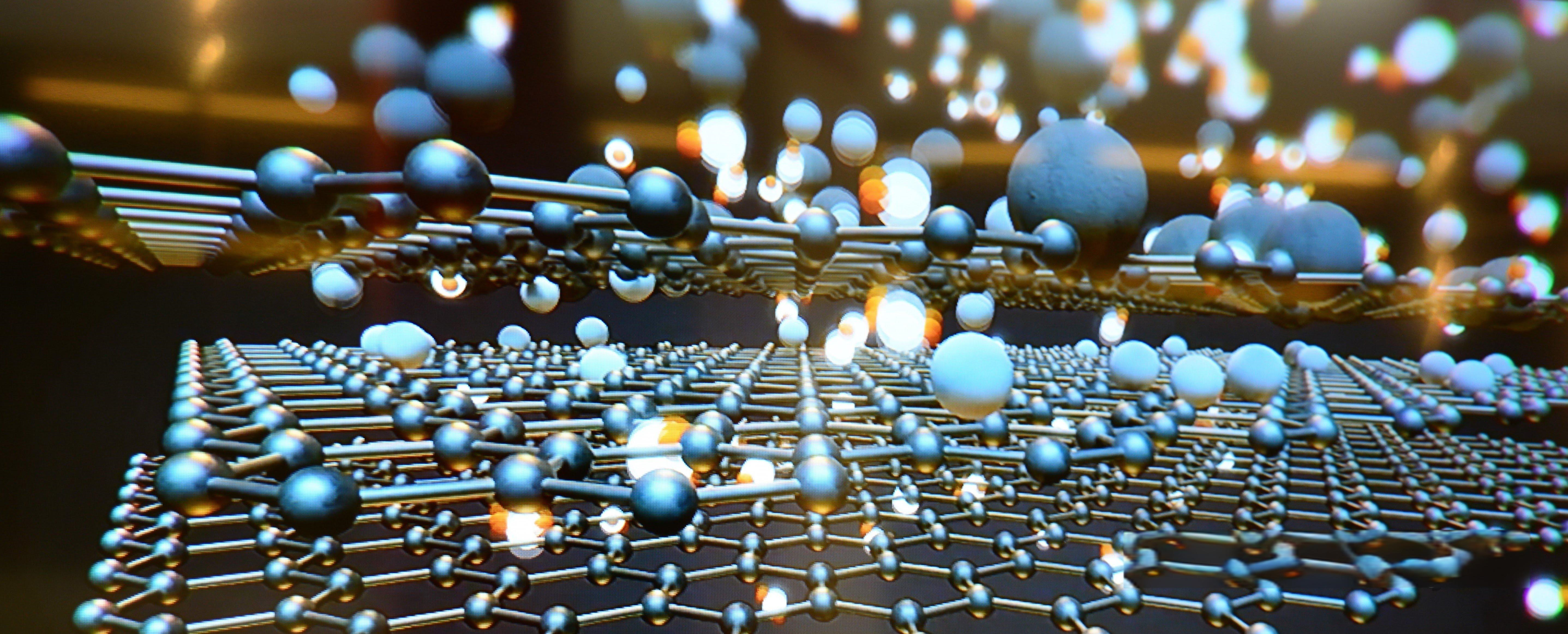Synthesis and Applications of 1,2-Bis(4-Nitrophenoxy)Ethane(CAS No. 14467-69-7)
1,2-Bis(4-Nitrophenoxy)Ethane (CAS No. 118-41-2), a crucial chemical in the manufacture of polyimides, acts as a cross-linking agent enhancing the properties of polyimide fibers, films, and slurries. This versatile compound is also employed as an intermediate in various organic synthesis processes, offering significant utility in chemical production. Its molecular structure, featuring two nitrophenol groups linked by an ethane spacer, confers unique chemical properties that are vital for its roles in industrial applications. Custom manufacturing options for this compound are available through UniVOOK Chemical, accommodating specialized requirements. For tailored solutions, contacting a product manager is encouraged.

Applications of 1,2-Bis(4-Nitrophenoxy)Ethane
Polyimide Fibers
1,2-Bis(4-Nitrophenoxy)Ethane is widely used as a cross-linking agent in the production of polyimide fibers renowned for their exceptional heat resistance and mechanical strength. These properties make them indispensable in aerospace and electronics industries.
Polyimide Films
In the manufacture of polyimide films, this compound enhances film integrity and thermal stability, critical attributes in electronics, especially for flexible printed circuits and insulation layers due to their excellent electrical insulation properties.
Polyimide Slurries
It plays a crucial role in polyimide slurry formulations, used as coatings and adhesives in high-temperature applications. Enhancing adhesion and heat resistance, it ensures the durability and performance of coated materials.
Organic Synthesis
Beyond polyimide applications, 1,2-Bis(4-Nitrophenoxy)Ethane serves as a significant intermediate in organic synthesis. Its involvement in synthesizing various organic compounds contributes to the development of pharmaceuticals, agrochemicals, and other specialized chemicals.
Polyimide Cross-Linking Agent
Enhancing Polyimide Fiber Production
1,2-Bis(4-Nitrophenoxy)Ethane serves as a critical cross-linking agent in polyimide fiber production, where it plays a crucial role in strengthening the mechanical properties and heat resistance of the fibers. This enhancement is particularly vital in industries requiring materials capable of withstanding harsh conditions, such as aerospace and electronics. By linking polymer chains, it improves the thermal stability and durability of polyimide fibers, ensuring their suitability for high-performance applications.
Applications in Polyimide Films and Slurries
In polyimide film manufacturing, 1,2-Bis(4-Nitrophenoxy)Ethane contributes significantly to enhancing film integrity and thermal stability. These films are essential in electronics, notably for flexible printed circuits and insulation layers, due to their exceptional electrical insulation properties. Moreover, the compound plays a crucial role in polyimide slurries, used as coatings and adhesives in high-temperature environments. It enhances adhesion and thermal resistance, crucial for extending the lifespan and efficacy of coated materials in demanding industrial settings.
Intermediate in Organic Synthesis
Facilitating Organic Compound Synthesis
1,2-Bis(4-Nitrophenoxy)Ethane functions as a pivotal intermediate in organic synthesis, enabling the creation of diverse organic compounds. Its unique molecular structure allows it to participate in various chemical reactions, facilitating the synthesis of complex molecules essential in pharmaceutical and agrochemical industries. This versatility supports the development of active compounds tailored to specific applications and desired properties.
Key Reactions and Pathways
In organic synthesis, 1,2-Bis(4-Nitrophenoxy)Ethane is employed in critical reactions and pathways. For instance, its nitro groups can undergo reduction to form amines, which serve as building blocks for more intricate molecular structures. Additionally, its ether linkages make it valuable in reactions such as etherifications and nucleophilic substitutions, contributing to the synthesis of larger organic molecules with targeted functionalities.

Chemical Properties
Essential Chemical Characteristics
Key to its applications, 1,2-Bis(4-Nitrophenoxy)Ethane exhibits robust thermal stability and the ability to form stable bonds with organic molecules. Its molecular structure, featuring nitrophenoxy groups connected by an ethane bridge, strikes a balance between rigidity and flexibility crucial for its role in cross-linking polymers and participating in organic reactions.
Stability, Solubility, and Characteristics
The compound demonstrates excellent thermal stability, essential for applications in high-temperature environments. It exhibits moderate solubility in common organic solvents, facilitating its use in various industrial processes. The stability of its chemical bonds ensures integrity and functionality under challenging conditions, such as exposure to reactive substances, maintaining its efficacy in diverse industrial applications.
Industrial Uses and Importance
Vital Role in Polyimide-Based Manufacturing
1,2-Bis(4-Nitrophenoxy)Ethane plays a pivotal role in manufacturing polyimide-based materials, enhancing their physical properties to meet stringent industrial requirements. Its ability to improve structural integrity and resistance to extreme temperatures makes it indispensable in sectors demanding reliability under stress, including the aerospace, automotive, and electronics industries.
Contributions to Chemical Manufacturing
Furthermore, as an intermediate in organic synthesis, 1,2-Bis(4-Nitrophenoxy)Ethane significantly contributes to chemical manufacturing by enabling the production of a wide range of chemical products. From small molecules to complex polymers, its versatility enhances the efficiency of chemical processes, supporting advancements in material science and industrial applications. Its multifaceted functionality positions it as a valuable asset in the ongoing development of innovative materials and compounds across various industries.
In Closing
1,2-Bis(4-Nitrophenoxy)Ethane is a versatile chemical compound that plays a crucial role in the manufacturing of polyimide materials and in the field of organic synthesis. As a cross-linking agent, it significantly enhances the mechanical properties and heat resistance of polyimide fibers, films, and slurries, making them indispensable in high-performance industries such as aerospace, electronics, and automotive. Its ability to act as an intermediate in organic synthesis further broadens its applicability, facilitating the creation of complex organic compounds essential in pharmaceuticals and agrochemicals. The unique chemical properties of 1,2-Bis(4-Nitrophenoxy)Ethane, including its robust thermal stability and functional molecular structure, ensure its effectiveness and reliability in harsh industrial environments. The compound’s contribution to advancing material science and chemical engineering underscores its pivotal role in contemporary industrial practices, reflecting its ongoing importance in meeting the demands of innovative technologies and applications.
Access Our Product Catalog and More to Discover High-Performance Chemicals Tailored to Your Business Needs





